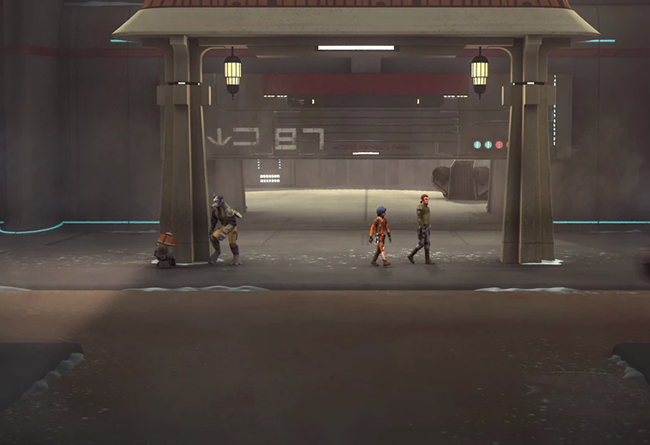Name: Exegol
Type: Terrestrial
Temperature: Temperate
Atmosphere: Type I (breathable)
Hydrosphere: Moderate
Gravity: Standard
Terrain: Rocky, Desert
Length of Day: 53 Standard Days
Length of Year: 210 Local Days
Sapient Species: Humans, Order of the Sith Lords
Starport: Imperial
Population: 500,000
Planet Function: Manufacturing, Sith Religious Center
Government: Dictatorship
Tech Level: Space
Trade Routes: None
Major Exports: Military, Religion
Major Imports: High Tech, Military Equipment, Slaves, Children
Settlements: Sith Citadel
Points of Interest: Hâsk desert, Hon Zduul plateau, Sadow escarpment, Sith Citadel
System Data
Region: Unknown Regions
Sector: None
System Name: Exegol System
Star Name: Exegol
Star Type: White Dwarf
Background: Exegol was a dark desert planet located within the Unknown Regions that, according to legend, was the hidden redoubt world of the Sith. It was occupied by the Sith Lord Darth Sidious and the Sith Eternal by 35 ABY. It was also the birthplace of Supreme Leader Snoke, whom Sidious created to rule the First Order while concealing himself in the shadows. Exegol was used to hide the Final Order, which was a fleet amassed by Sidious and the Sith Eternal, from where they planned to deploy their Star Destroyers and establish a new Sith Empire. Exegol was the site of a battle during the war between the First Order and the Resistance, which saw the defeat of the Sith loyalists.
Exegol was a dark, barren, and rocky planet with desert flats. Its dry conditions, combined with the rubbing of dust particles in its atmosphere, created enormous static discharges that appeared as lightning strikes from the planet surface. The desolate world was covered with enormous fissures that reached deep into its crust. These were excavated by Sith loyalists who were attempting to reach a transportative vergence they believed to lie beneath the surface.
Exegol’s nearby space was littered with the remains of megafauna, resulting in the formation of a cloud of red gas and stardust forming around the world, which posed a navigation barrier.





